Snapshot
- Canberra played host to inaugural summit on August 19
- Biggest points were fuel standards, supply, cost and the grid
- All the information you need and want to know, only from Wheels
Australia has held its inaugural electric vehicle summit in Canberra – headlined by the big news that the Albanese Government in launching a consultation on introducing a mandatory CO2 emissions target.
But the event, held jointly by lobby groups the Electric Vehicle Council and Smart Energy Council, think tank The Australia Institute and EV solutions specialist Boundless, covered a great deal more – ranging from what’s going on in the UK, US, Europe and New Zealand, to what the impact might be on the electricity grid.
Speakers from the political sphere included; Federal Climate Change and Energy Minister Chris Bowen, New Zealand’s Minister for Transport the Hon Michael Wood, ACT Chief Minister Andrew Barr, QLD’s Minister for Transport and Main Roads the Hon Mark Bailey, NSW Treasurer and Minister for Energy Matt Kean, and SA’s Minister for Infrastructure and Transport the Hon Tom Koutsantonis – to name a few.
Meanwhile, the car industry was represented by Tesla Chairwoman Robyn Denholm, as well as the Volkswagen Group’s Managing Director, Paul Sansom, and Polestar’s top boss Samantha Johnson.
We’ve broken down the key topics for you – and, as Australia’s only motoring news outlet to attend the summit, you won’t get this level of detail anywhere else.
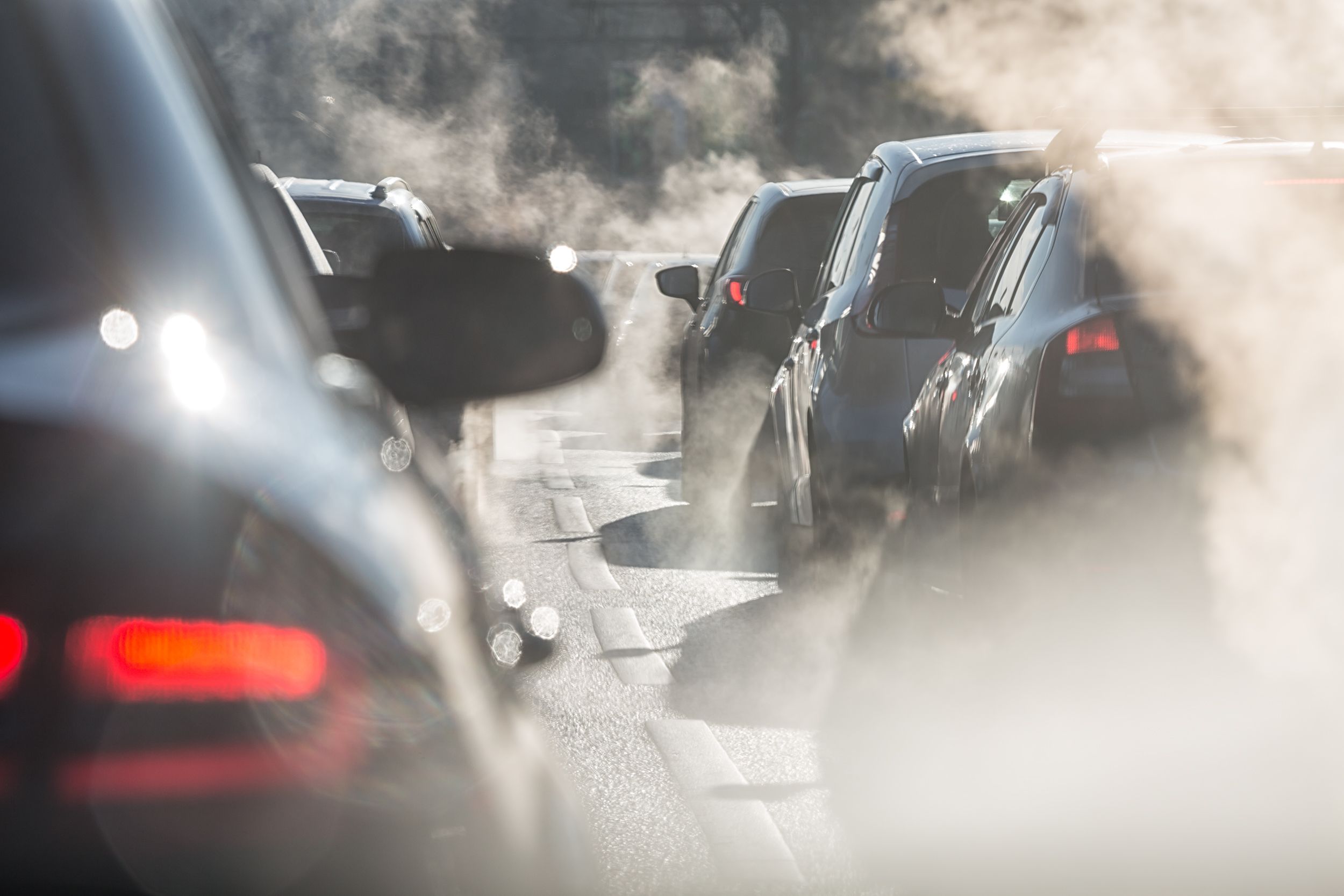
Fuel-efficiency standards
Chris Bowen used the EV Summit to announce a discussion paper would be launched next month about the development of Australia’s first electric vehicle strategy – looking at key factors such as infrastructure, incentives and a fuel-efficiency standard.
Bowen said he and Transport Minister Catherine King have written to their state and territory counterparts asking them to get on board, but didn’t go as far as to commit to definitely introducing an emissions standard or when that might happen if it did.
“Australia now has a government that gets it, but this is just the beginning – it is not enough,” he said. “This summit comes at a time of hope after a decade of denial and delay, a decade of demonisation of innovation – after years of frustration, we now have the chance to give Australians access to the best transport technology.
“If the [former Government’s] intent was to limit availability to make EVs more expensive than they need to be then that policy was successful, if the intent was to give Australians genuine freedom of choice and access to some of the world’s best and most affordable cars, then it has been a failure.
“Many states have implemented their own agenda in the absence of a federal strategy – now is the chance to work together to get the job done.
“But standards that lack ambition will leave us back of the global queue longer for cheaper and cleaner vehicles, we need to be as close as possible to the best practice. I do think now is the time for the conversation that is open, constructive and mature.”

During his speech, the Minister drew repeated parallels between Australia and the United Kingdom, pointing to the nation’s ban on the sale of new internal combustion-engined vehicles from 2035 and noted that it has 26 low-emission models on sale for under the equivalent of $60k compared to eight here.
He also lauded the Albanese Government’s efforts so far, including changes to Fringe Benefit Tax (FBT) and import tariffs, saying “that’s not nothing”.
Mike Cannon-Brookes, CEO of software development firm Atlassian and Chairman of not-for-profit Boundless, said the Government seems to be tackling the issue of EVs and climate change with “maturity”.
“One of the good things to take out of it is the maturity with which the Government seems to be approaching the problem – that is a really refreshing step,” he said. “We have to have fuel efficiency standards, so the fact it is now on the agenda is excellent and to have a date in September because the speed with which we get these standards is important.
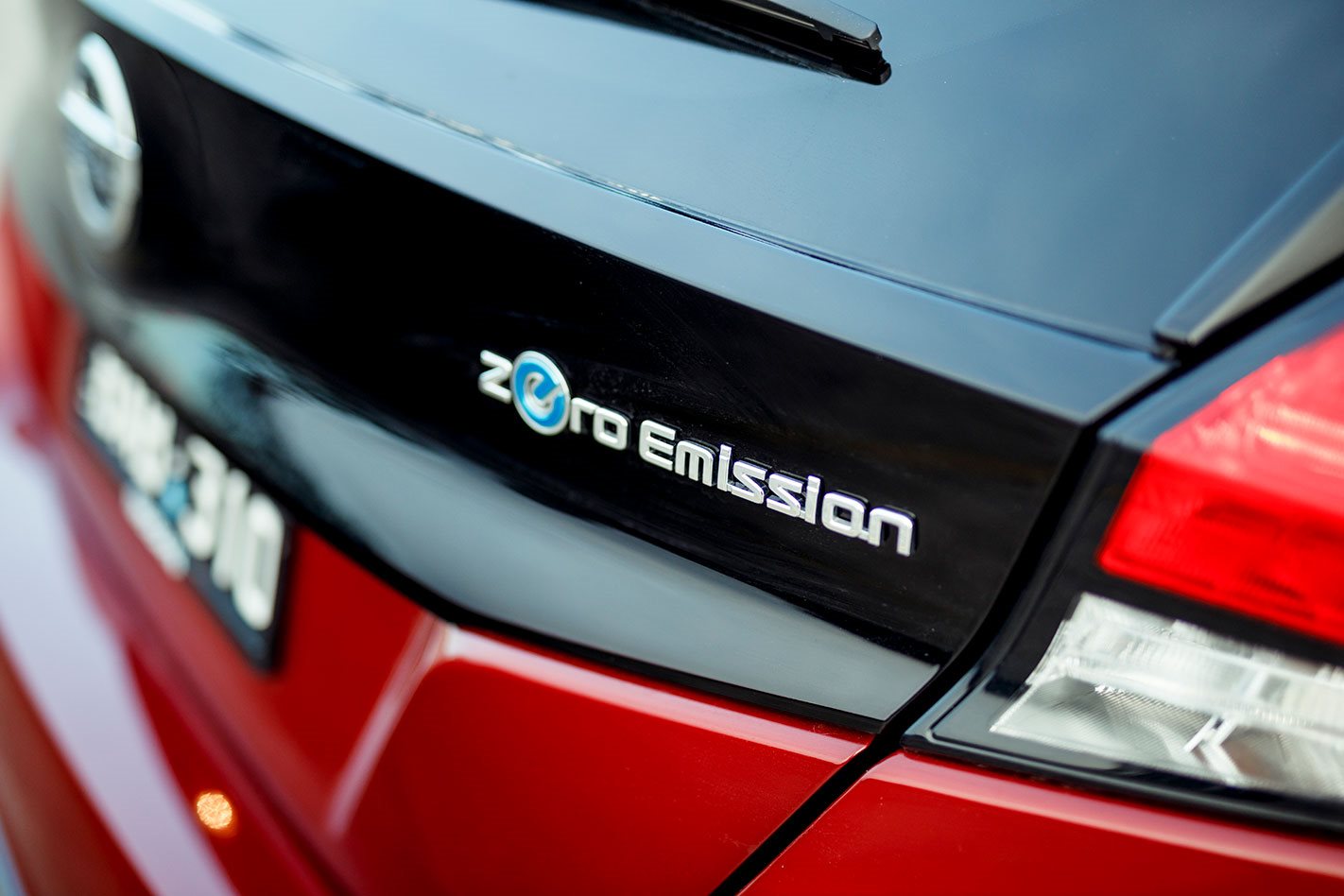
“Most importantly is how any standards cannot be just a step forward from where we are today – they have to catch up to where the rest of the world is, and the problem right now is that we are far behind the rest of the world so we can’t continue to do that, we have to catch up to where they are and make that leap.
“The tipping point could be 10 per cent [of new cars being EVs] by 2024 – we have to believe it is possible. Our friends over the ditch in New Zealand have gone from three per cent to 10 per cent in just over a year, so we know that leap is entirely possible.
“People like to talk about how we can’t compare ourselves to European countries because things are different in Sweden etc, but it’s no different over the ditch – they actually use all of our vehicle and safety standards and they have far less to gain than we do as a country so we should take great optimism from that. What they do have is a much better fuel-efficiency standard and general EV policies which we could implement relatively quickly. We need that, the question is how fast can we get there.
“One of the things that has worked well globally is that these standards are mandatory – they cannot be voluntary, they have to be compulsory and have teeth. We currently have a voluntary standard here and I joke about it being like marking your own homework – but it’s actually no-one has to mark their own homework, they don’t even have to submit it. There are no penalties, no regulations and not even any reporting – it’s more like no-one is going to look at it and you don’t even need to do it.”
The chairwoman of Tesla Australia, Robyn Denholm, agreed, saying news of the consultation on emissions was “great progress, and a real step forward”.
“The Government putting this forward is quite an important step in reducing emissions in Australia over time. But working in consultation with industry is key. Hopefully we can get a resolution for a national approach,” she told the summit.
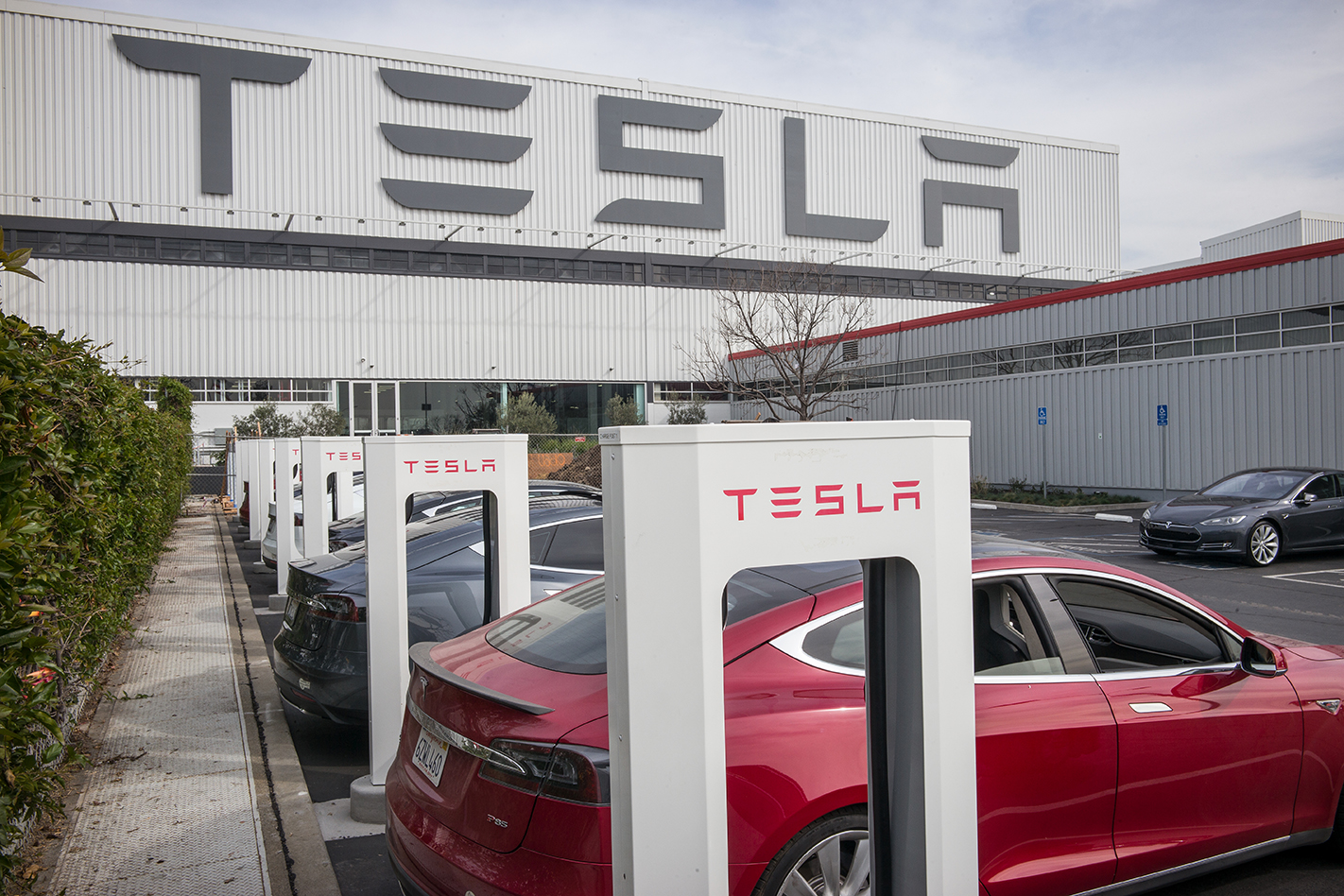
“It would be great to catch up to the rest of the world quickly, as quickly as humanly possible. Having a standard that doesn’t get us close to the European or US standard though I think doesn’t cut it. Having that ambition of having a global leading standard, or at least in keeping with global leaders, is really important.
“And 2030 is an important date – we have to have a date by which we are materially reducing emissions from our vehicle fleet. We can’t keep accepting the world’s dirtiest cars in Australia, which is what we have today.”
Something everyone agreed on was that timing was key. Currently just two per cent of new vehicle sales are EVs, up from 0.7 per cent in 2019. Industry leaders said at the summit that they hoped for 10 per cent by 2024.
Rob Giltinan, Director of Policy at the National Roads and Motorists’ Association (NRMA) said an implementation date of 2025 makes sense for an emissions standard to tie in with the reduction in the parts per million of sulphur in our petrol coming in 2024.
“We need to exert pressure for fast and timely action,” said Zoe Daniel, MP for Melbourne’s Goldstein constituency. “I understand the perspective of de-risking what has been a hit political potato for a long time, and that the Government wants to do a process of consultation – but let’s make that a quick chat.
“I would like to see the results of what that has yielded by the end of the year, then the actual writing of regulations will take time. But in the volatile political environment we’re in, we want this through in this Parliament at worst and ideally sooner.”
“We need to catch up with the rest of the world,” said Polestar Australia’s Managing Director, Samantha Johnson, “But things have to happen more quickly – we’re way behind, we can’t go at the same pace the other countries have gone we have to go faster.”
Other voices too claimed “we don’t have another three to five years to kick this around” and believed a target was needed much sooner to accelerate uptake and meet our climate goals.
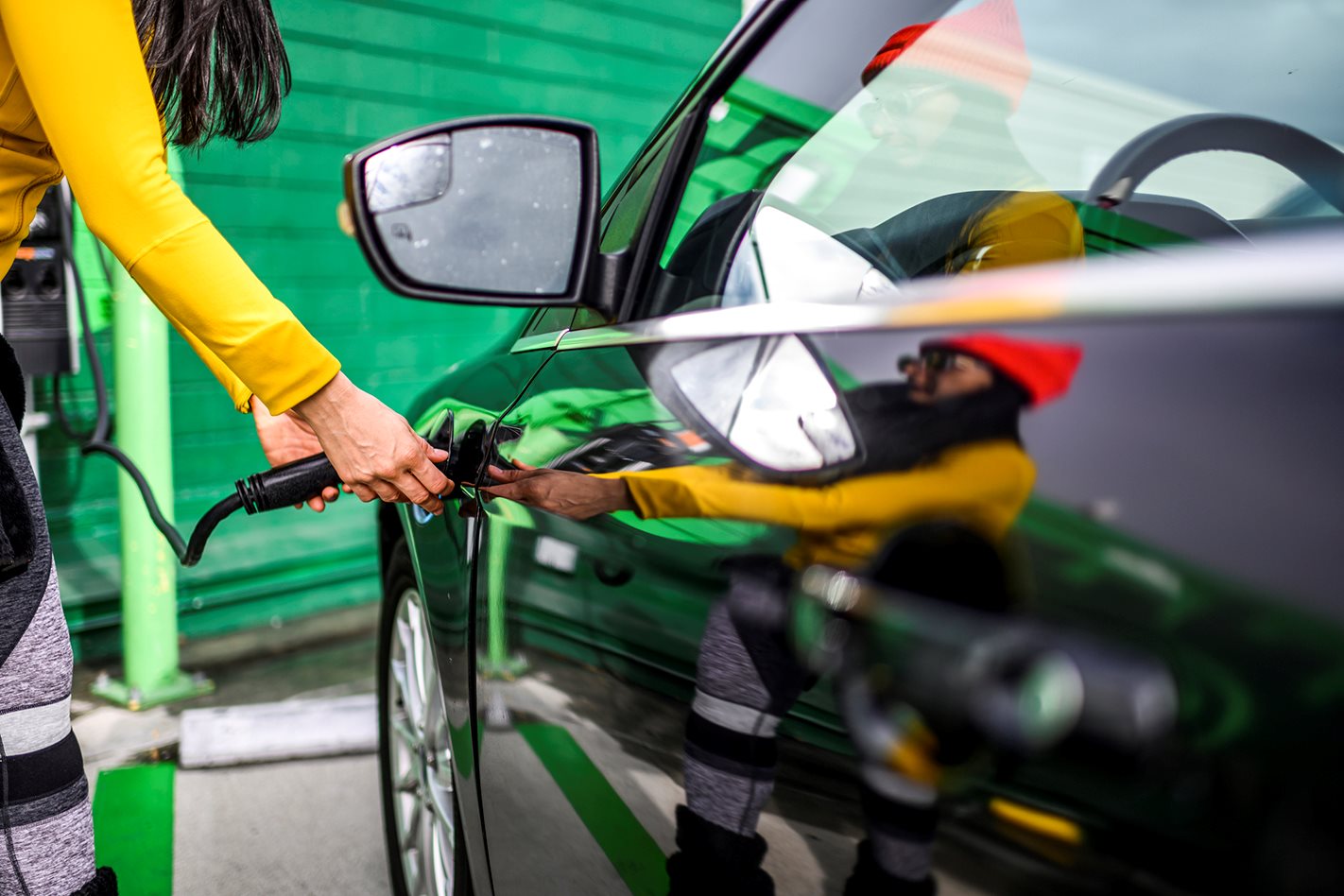
Supply
One of the hottest topics at the summit, and indeed throughout the wider car industry right now, was supply.
With recent research carried out by the Electric Vehicle Council finding more than half of people surveyed wanted their next car to be electric, backed up by Volkswagen saying one in two of its Australian customers coming into dealerships feel the same, finding the supply to meet the growing demand was a key issue.
“I think we can hopefully put that completely behind us and realise that demand is not the problem at all,” said Tesla Chairwoman Robyn Denholm. “The problem is entirely about supply. So we should just focus on the supply problem. We are well progressed in terms of charging infrastructure and I think we’ll continue to improve there, but really it’s about a supply problem and that’s the fundamental brick we need to remove so that we can get through.
“The demand is real, it’s like winning a lottery to get an electric vehicle – we should be ashamed of that.”
Volkswagen Group Australia’s Managing Director, Paul Sansom, told the summit a fuel standard could see its rollout of electric models sped up overnight.
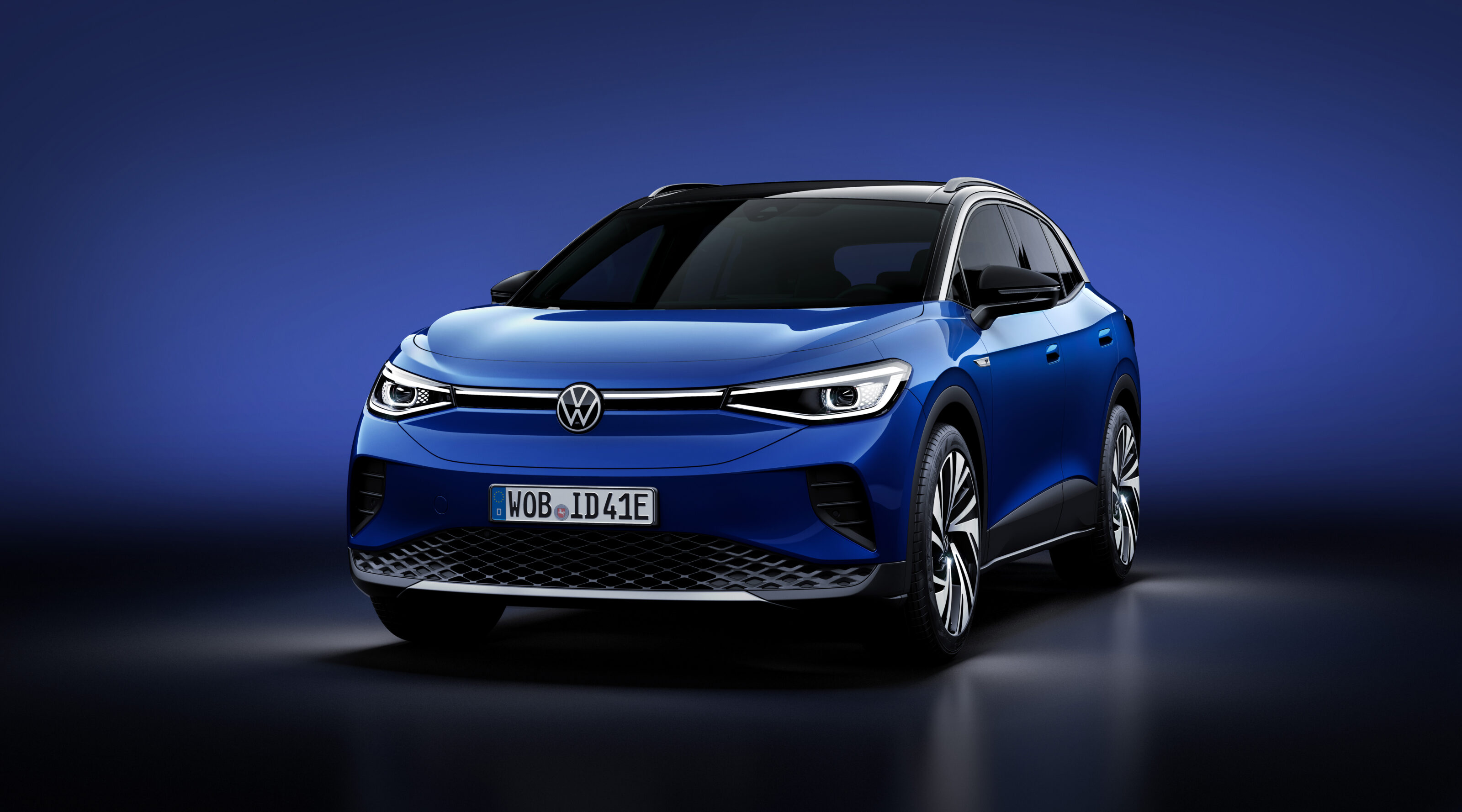
When challenged by Zoe Daniel MP on how quickly VW could changing it plans to bring more EVs to Australia, Sansom added: “Two years is too long. Implementation – if we have standards today – we could bring cars here tomorrow, we really could, it’s a game-changer not just for VW but for everyone. It will open the doors for more affordable EVs in our market.
“The blueprints are already there for us around the world [to create an emissions standard] we don’t have to reinvent the wheel here – the most important thing is that the products are there, we can bring them here if we get the circumstances right we don’t need the notice period we talked about before.”
“The decision-makers [at Polestar HQ] who choose whether to send EVs to any given country have to make sure that it has the right policy to support EVs, otherwise it won’t have the right demand and uptake. Even being an EV company, I still have to convince them to bring EVs here rather than to other right-hand-drive markets like the UK, which have strong supply and demand and policies in place,” added Polestar Australia’s Managing Director, Samantha Johnson.
Unsurprisingly, the idea of affordability came up regularly too – with everyone agreed that with an emissions standard coming into play and greater supply, prices would fall and that would make EVs more accessible to those on tighter budgets rather than just those with the big bucks to spend.
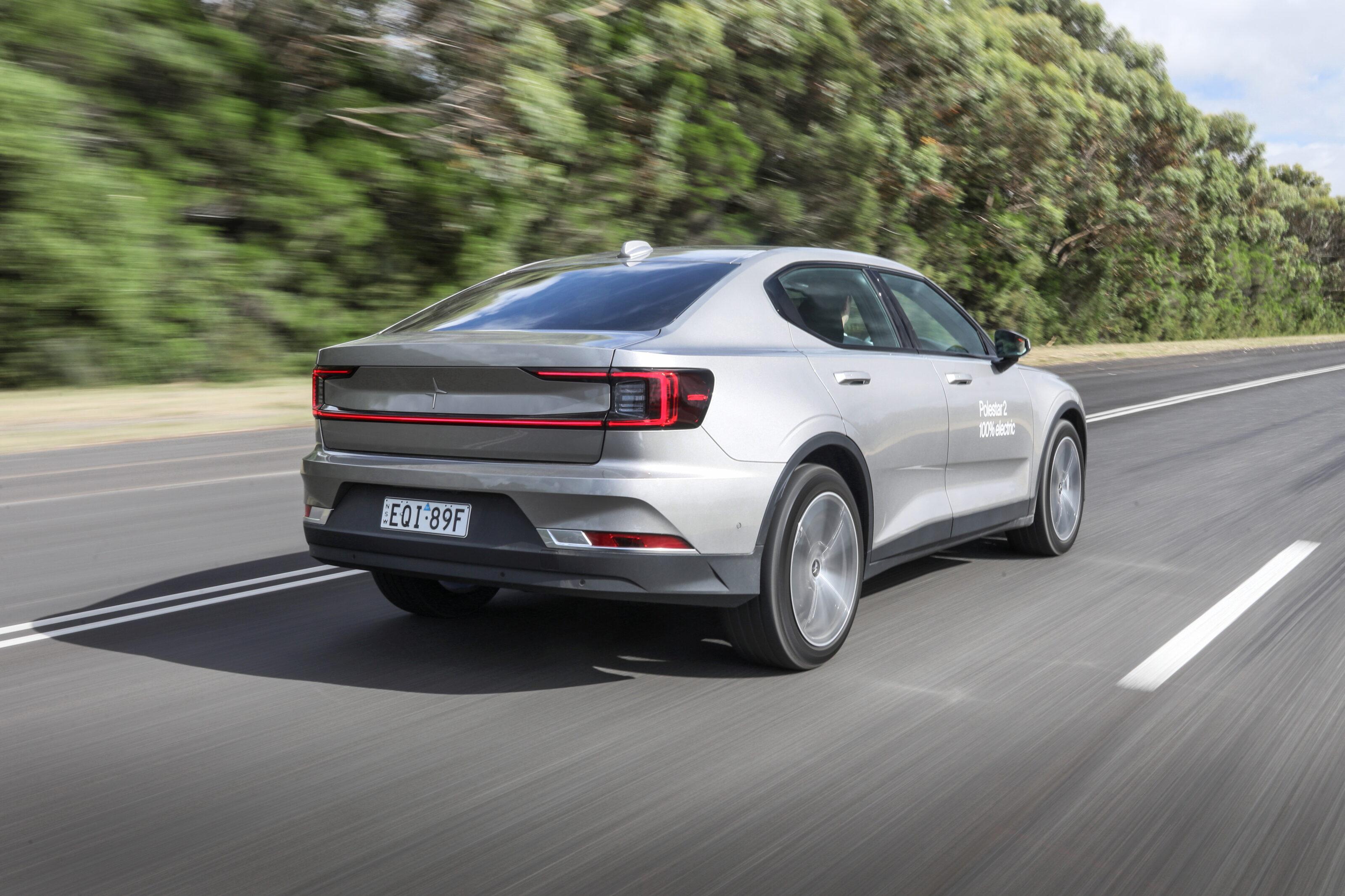
Manufacturing
While Australia’s local car manufacturing industry may have wrapped up in 2017 when Holden closed up its operations in Adelaide, many contend that there is still an untapped opportunity that exists to bring some of that process back to our shores.
Specifically, talk at the summit revolved around battery manufacturing for electric vehicles. Currently, as a nation we dig up all the materials needs for battery production here in Australia – but we send most of them overseas.
Speaking at the event, Chris Bowen said it was a “lost opportunity for jobs and investment” and bringing it home could create 35,000 jobs and $7 billion worth of value across all sectors. He also revealed that, as a result, that is why the Government is implementing a National Battery Strategy and establishing a battery manufacturing facility in Queensland.
The topic is something Tesla chief Denholm has long advocated for.
“I get quite excited about this topic. I actually think that electric vehicle vehicle battery technology is the biggest and best economic opportunity for Australia in a century,” she said. “If you look at the bill of materials in terms of what goes into batteries, Australia has them all – and there aren’t many other countries in the world that do. We also have a core competency in this area, which is in mining. So whether it’s lithium or any of the different elements that go into a battery, we know how to do that.
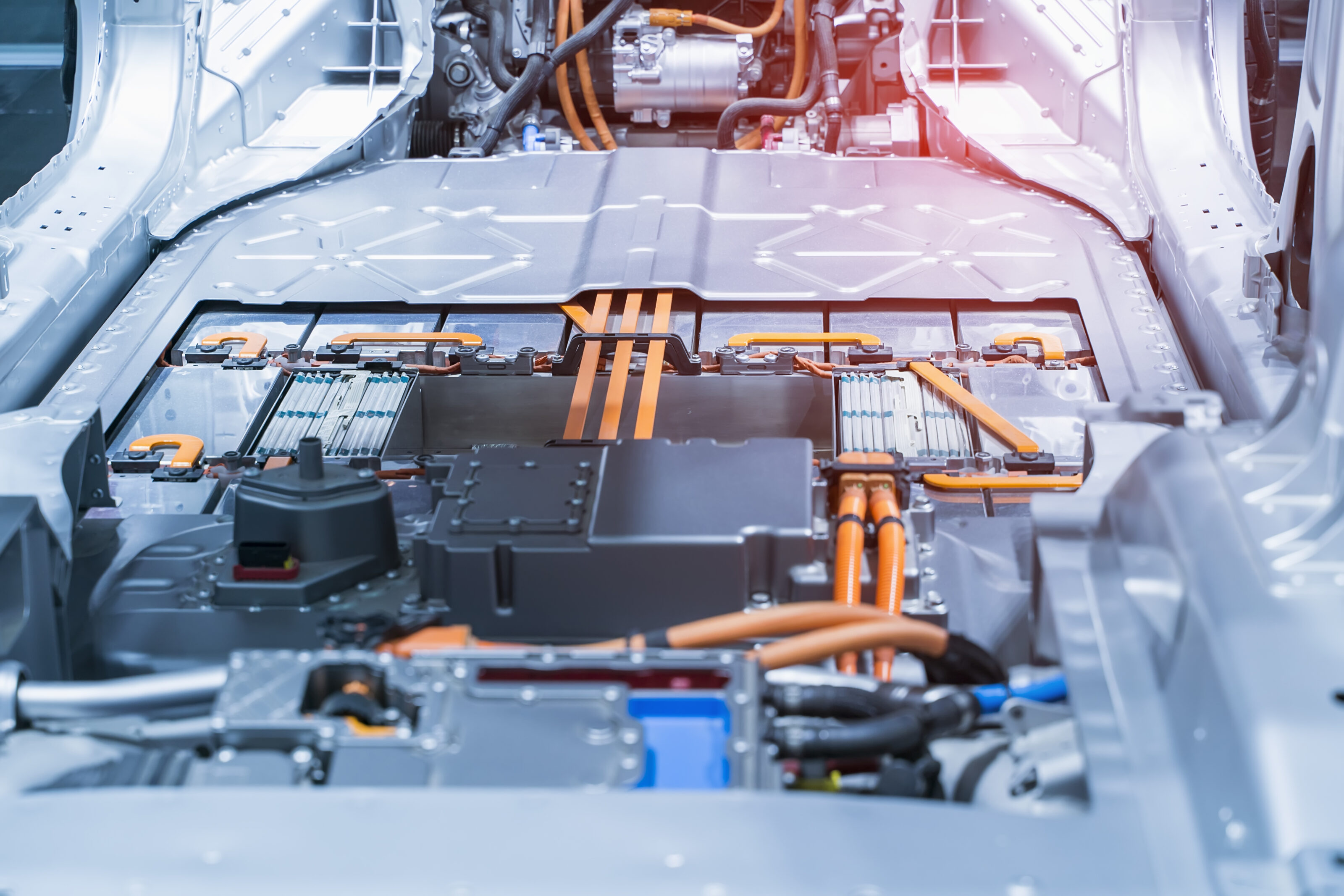
“Last year, Tesla bought a billion dollars worth of minerals. And 70 per cent of those came from Australia but we sent them off-shore to be refined and no value was added. A fraction of that comes back to Australia because of the way we’ve gone about the supply chain. What we need to do is to get the resolve to actually go up the food chain in terms of electric vehicles and batteries. We are very, very early in that whole cycle, but that supply chain will start to be locked in for the next decade and for after that pretty soon.
“So I was very pleased as well to hear about the Government’s policy to actually look at battery technology as being an industry that we want to invest in as a country. And it is not just up to Government, it needs to be public-private partnerships because we have the knowhow, we have the technology, we just need the will to actually move forward. It is a very real opportunity for Australia to actually participate in that and become an energy power.”
The first ever Australian EV Summit also welcomed Caroline Kennedy – the US Ambassador to Australia. Attendees heard about the US’s recent passing of the Inflation Reduction Act, which, in part, outlines tax benefits and subsidies for EVs – many of which are tied to the origins of the materials, such as whether they come from North America or countries like Australia that it has a free trade agreement with. Speakers outlined the opportunity the US legislation presents for us locally, as a way to kickstart the processing industry here.
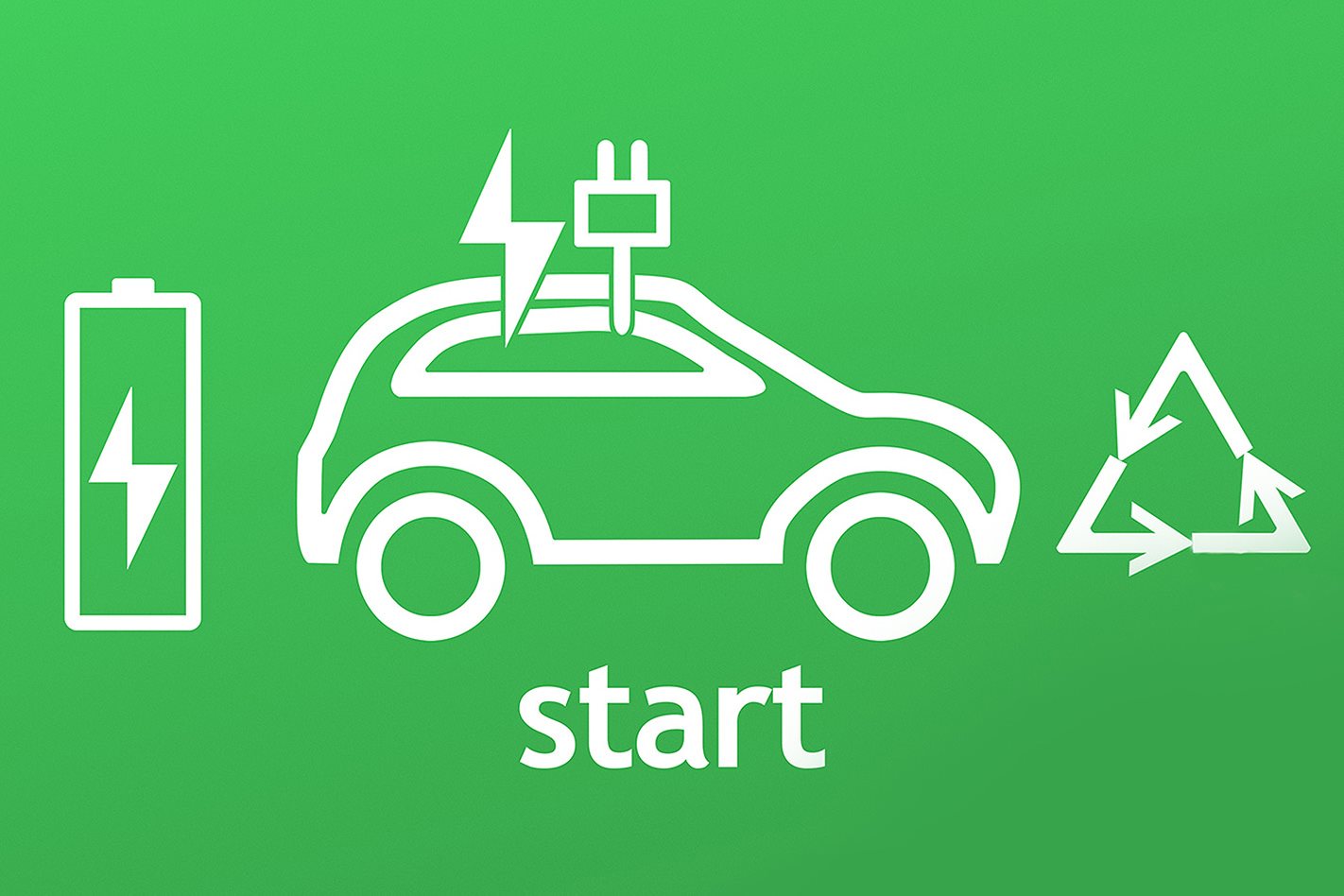
What’s happening in New Zealand
Over the ditch, New Zealand has been busy for a little while now when it comes to planning for electric vehicles – having already established a national policy and created incentives to drive customers towards the new technology.
New Zealand’s Land Transport (Clean Vehicles) Amendment legislation, more commonly known as the Clean Car Standard, was given the nod from the national parliament earlier this year, and came into effect from April 1.
The Standard has been designed to encourage the purchase of electric or low-CO2 emission light vehicles by reducing the cost of eligible new and used fuel-efficient ones, while imposing a fee on higher-polluting vehicles. Buyers of fully-electric models can get an NZ$8625 rebate, while for plug-in hybrids the discount is NZ$5750.
Any passenger vehicle emitting less than 146 grams of CO2 per kilometre is eligible for a Government rebate, while those that emit 193 grams and higher are subject to a Government fee that rises with their CO2 levels. All others which fall between 146 and 192g/km are in a neutral zone and don’t attract a rebate or fee.
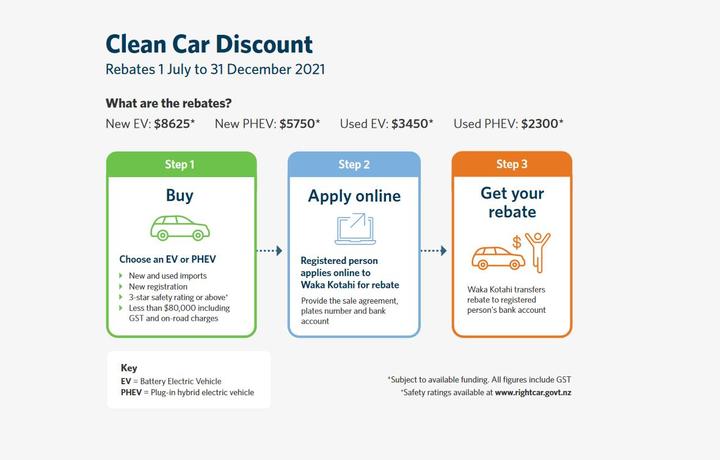
At the Summit, NZ Transport Minister Michael Wood said the scheme was going well so far, and in fact over recent months the country is getting close to almost 20 per cent of new car sales being of zero-emissions vehicles.
“The new passenger vehicle segment is already on track for our 2023 CO2 target a year ahead of schedule,” Woo said. “We managed to achieve a 15 per cent reduction in the average emissions of the new fleet coming into New Zealand within about three months of the scheme coming into effect. It previously took eight years to do a similar thing.
“What that goes to show, is that decisive actions, policy and collaboration between government and industry can lead to a fast transition in this sector.
“For New Zealand, we are keenly aware of the fact that climate change is one of the biggest threats that we face as a country. As we speak, the top of the South Island is currently coping with record floods through one of our cities, and we continue to experience extreme weather events across all parts of the country.”
At present, New Zealand is working towards the adoption of the Euro 6 standard across its fleet. Australia is still using Euro 5. In NZ though, around 40 per cent of the country’s CO2 emissions come from the transport sector, whereas in Australia that figure is closer to 20 per cent.
Like Australia, New Zealand has committed to a net-zero by 2050 target, but is aiming for a 41 per cent reduction by 2035 compared to our cutting of 43 per cent by 2030 (as compared to 2005 levels).
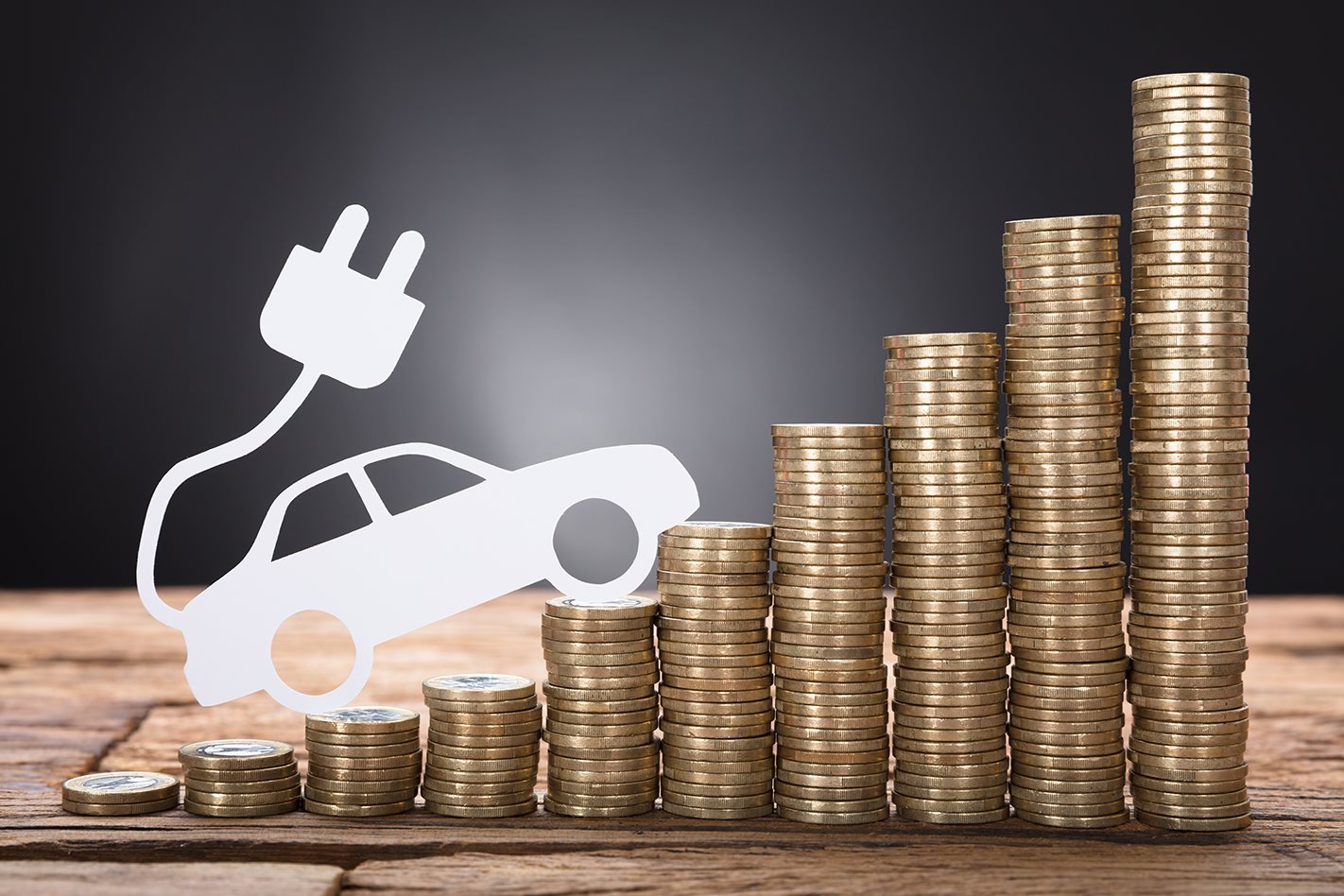
According to the Minister for Transport, NZ’s first goal is to increase the proportion of EVs making up new car sales by 30 per cent, while also reducing freight emissions by 10 per cent and total kilometres travelled by vehicles overall by 20 per cent. Crucially, NZ has already adopted a mandated CO2 emissions standard.
“So, in short, if we don’t take action on transport, then we will not hit net-zero. We will not hit our 2035 targets and we will fail future generations,” Wood added.
“We’ve gone from extremely unfavourable policy settings in this area to very positive ones that are making a real difference to encourage supply. We’ve now set a CO2 emission standard on vehicle imports into New Zealand, which suppliers must meet starting from next year by 2027. Those will be amongst the strongest CO2 targets set globally. So we’ve gone effectively, along with Australia and Russia, from having no emissions targets, to having some of the strongest by 2027.
“We already hear from vehicle importers that it is making it easier for them to access supply from overseas suppliers, because they can see that there’s a regulatory environment, which incentivises it effectively. They face a fee over the course of the year based on the average emissions of their fleet. So there’s a direct incentive for them to begin lowering their emissions by getting an increased supply of clean, or cleaner, vehicles into the system.”
Additionally, New Zeal’s has invested NZ$15m annually to co-fund EV charging stations with the private sector, with 97 per cent of its highway network now having access to a fast charger every 75 kilometres, and is set to introduce a Clean Car Upgrade scheme from April next year – essentially allowing Kiwis to scrap their petrol or diesel car for an EV or hybrid.
“Our policies are working, and helping to ensure that we will not become a dumping ground for the world’s thirstiest vehicles – which is a real risk for any country that doesn’t move ahead in this area. New Zealand’s journey has started out well, but there’s still a long way to go.”
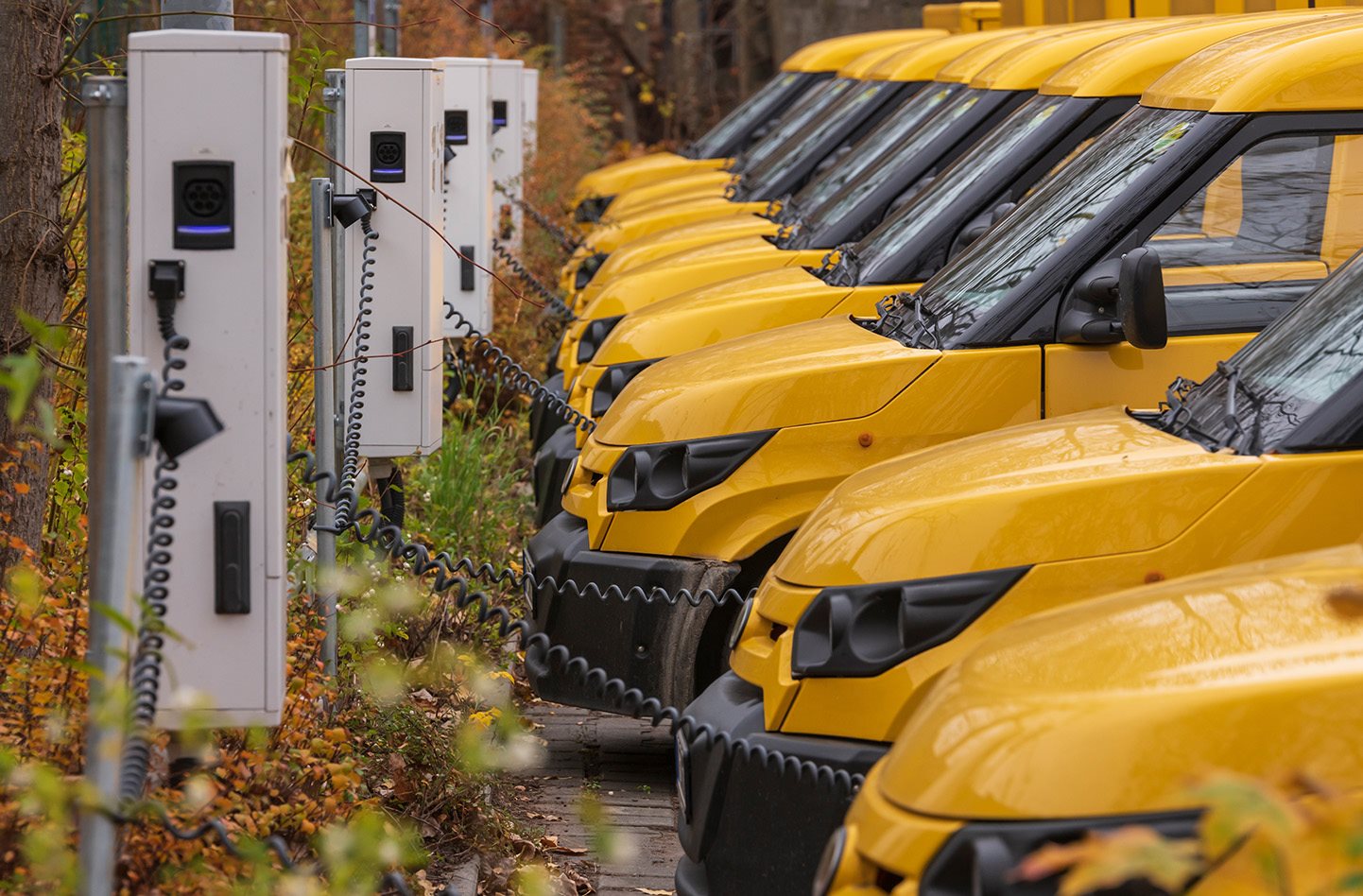
The Grid
How the electricity grid will cope when we all switch to having electric vehicles is an issue which crops up regularly.
“We are going to undergo a profound transition as a country,” said John Grimes, CEO of the Smart Energy Council. “We’re gonna take all of the energy that is currently used in petrol and in diesel, and we’re going to actually put it on the electricity grid. Transportation equates to 18 per cent of total emissions in Australia. They gives you a sense of how big that is, right? Every vehicle – every passenger car, every commercial vehicle, every heavy vehicle.”
“I think it’s very clear that our future electricity system is going to be powered by renewable generation,” Professor Lachlan Blackhall, head of battery storage and grid integration at the Australian National University, added.
While there are undoubtedly challenges surrounding how it is upgraded, most of the summit’s discussion centred around the idea of the car being a battery on wheels, and how using EVs as a power source via vehicle-to-grid technology can not only benefit the owner, but also the wider community.
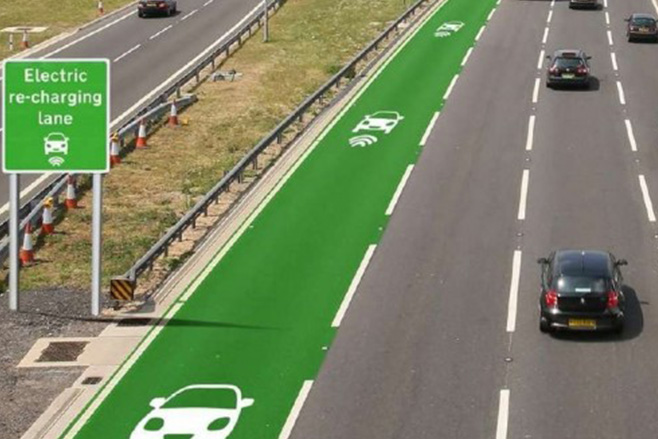
“A lot of the discussion today has been about the costs of electric vehicles at the moment, and EVs are relatively expensive decarbonisation at current prices – but they’re very, very cheap battery storage,” said Dr Gabrielle Kuiper, DER adviser to the Smart Energy Council.
“As many people have said – you buy a battery on wheels and you get a free car. Essentially we need to very much make sure that people can understand that their own personal property, their electric vehicle, can play a really important role in supporting the grid – both in terms of storage, but also in terms of grid services.”
“I think Gabrielle, your point is really critical, right? Because what you have is a private asset. You’ve bought this huge battery, but there are all sorts of public implications, both in terms of how you use the private asset, but also how it could be used to actually support the rest of the network,” added Grimes. “So this distinction between the private good and the public good – how important is that, do you think in terms of getting that right from a policy perspective?”
“A lot of the language around the rollout of all of this needs to be about giving people control of their own home’s electrical supply, but also the ability to build resilience for the community,” replied Dr Monique Ryan, Independent member for Kooyong in Melbourne’s inner east.
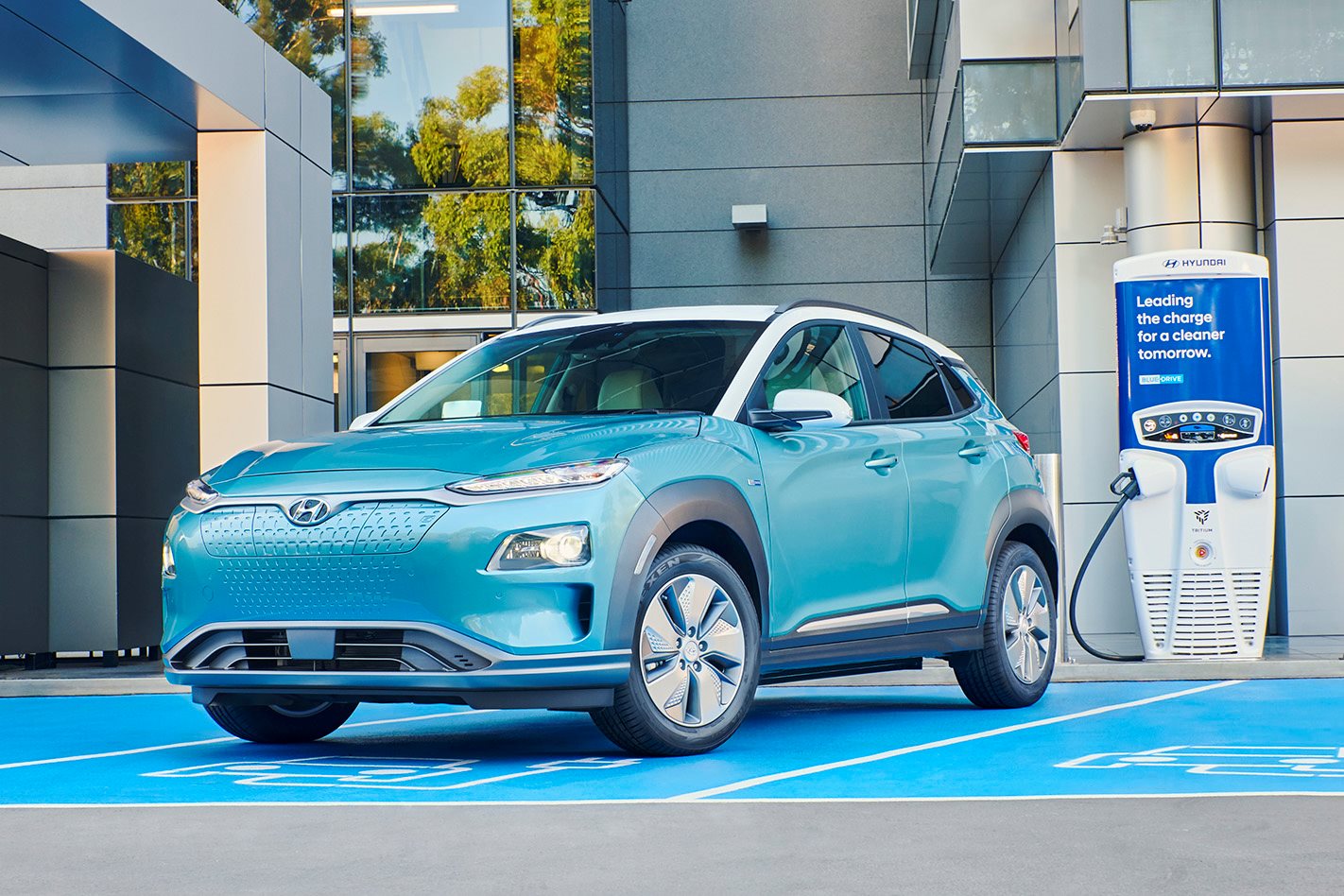
“And it needs to be presented to people as a hugely positive thing, rather than something that should make them concerned about the autonomy of their own electric supply. When you go out and talk to communities about exactly what they want, what they say back to you is that they’re quite happy for their assets to be involved, to actually provide a benefit for their neighbours, for their community.”
The other key point raised was about how sharing power between your car and your home or workplace, for example, could be incentivised. With one idea being that forward-thinking companies could allow employees to draw energy from the office during the day to make the most of the solar provided by the Sun, and take it home to power their homes at night – a perk offered in the way that an employer now might provide free childcare or an on-site gym as a method of staff retention.
“It seems one of the very few advantages of being one of the last movers in the world when it comes to EVs is that we actually get to learn from the good ideas that are actually emerging in markets overseas,” said Grimes. “Australia’s in a really interesting position because we have the largest amount of roof top solar in the world.”
“I mean, at the moment, I think most people who buy an EV have an expectation that they will charge at home,” said Blackhall. “They install their charger, they’ll drive home the evening, they’ll charge there.
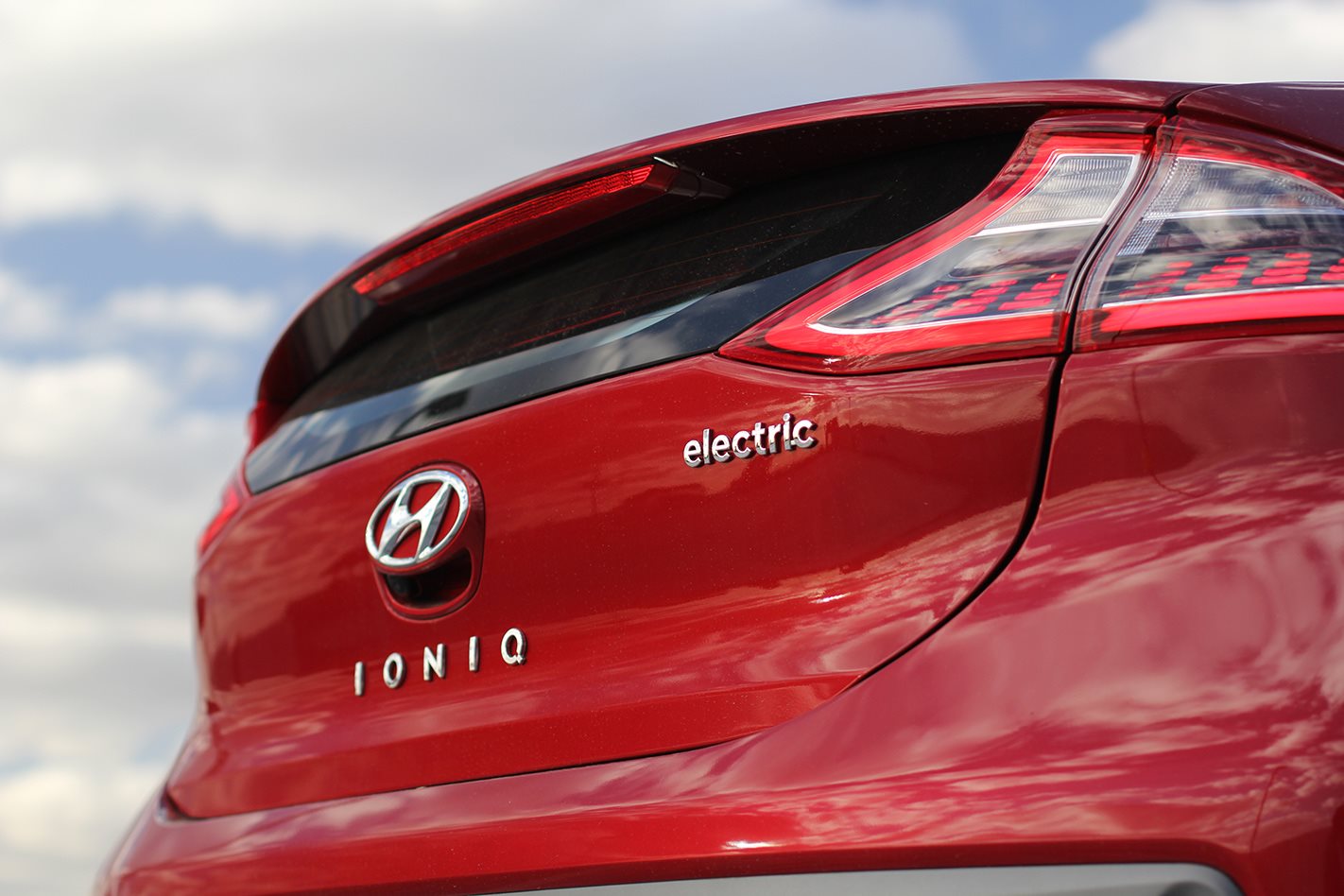
“But we really want to incentivise people charging cars when there’s a lot of energy available. So at the moment we have huge amounts of solar generation during the day. If we go back three years ago, I probably would’ve said, well, that means simply we’re charging at work, because everybody will be driving to work – so you bulk out your charging facilities in city centres. But post-pandemic, you have a lot of people now working from home and actually that works quite well because that means that they should be charging at home in the middle of the day.
“And so the notion that you can then manage where EVs charge and potentially drive your energy home is an interesting one. You might be in the city at work, charge up during the day and then literally drive the energy for cooking dinner home with you and then discharge it into the house. And so all of these things might seem a little fantastical, but in reality, this is how you look at how we’re gonna run very sophisticated, renewable powered grids.
“And yeah, really the challenge at that point is just ensuring that people still have the same interface with the grid, which is that they want to turn the lights on and off. They actually don’t want to have to look at a map. They don’t want complicated. And so I think, you know, for all of us who are sort of working in this sector, that it’s the key challenge is actually to design the technology.”






